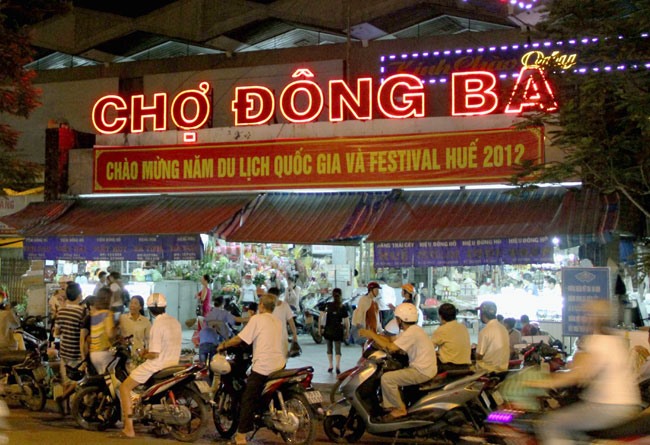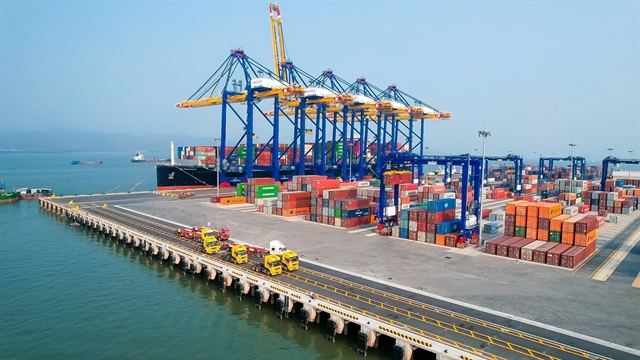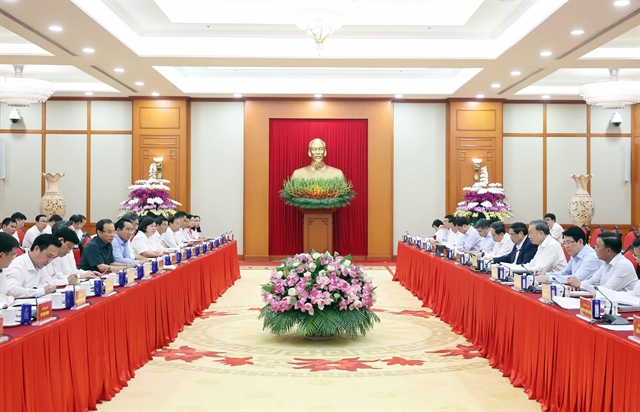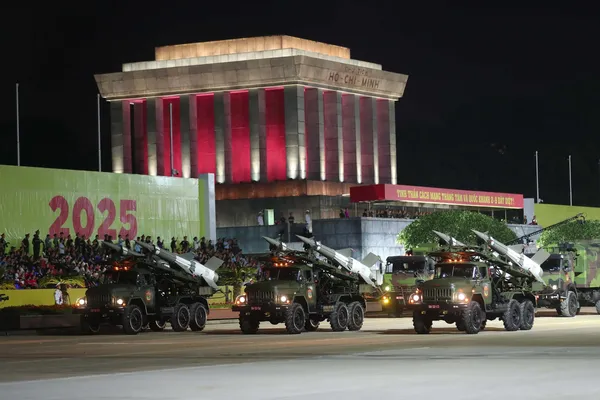 Life & Style
Life & Style

The central province of Thừa Thiên-Huế is reviewing the operation of the region’s biggest traditional market, Đông Ba, in a scheme to upgrade the trade centre.
 |
| View of Đông Ba Market at night. VNS File Photo |
THỪA THIÊN-HUẾ — The central province of Thừa Thiên-Huế is reviewing the operation of the region’s biggest traditional market, Đông Ba, in a scheme to upgrade the trade centre.
According to the provincial People’s Committee, the market will be upgraded to meet modern shopping trends. A public poll will decide the style of the upgraded market.
The options will be a wholesale market, tourism market, or a mixture of both styles.
The market currently operates in both styles. It is a wholesale market supplying local food and handmade items to neighbouring localities of Quảng Bình, Quảng Trị and Đà Nẵng. It also provides a variety of goods for local residents, including ingredients, clothing, sanitary products, jewelry and medicine.
The market is a tourism hotspot in Huế thanks to its long history and diverse range of goods. It has around 2,700 stands and stores, operating from 4am until 8pm.
The traditional market, established 118 years ago, has fought against the competition of three supermarkets that have opened in Huế over the last decade.
The committee said upgrading the market is necessary to improve the city, as well as ensure better management of trade fraud, sanitation and hygiene, food safety, fire safety as well as public security.
The market was first built during the reign of King Thành Thái, the fifth king of the Nguyễn Dynasty (1802-1945) after the merger of two biggest markets in the citadel of Huế in an attempt to meet the growing demand of the largest city in Việt Nam at that time.
The market was rebuilt twice, once in 1967 and once in 1987 after the wars. It is one of three famed markets in the country, along with Đồng Xuân Market in Hà Nội and Bến Thành Market in HCM City.
The market has been depicted in many traditional songs, poems and paintings. It stands as one of the icons of the former imperial capital city of Huế. — VNS








